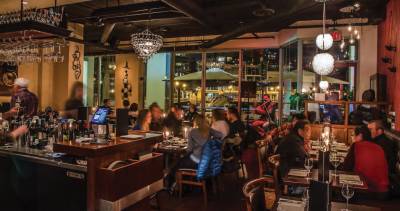
Brasilia: Life After Design
Bart Simpson’s film Brasilia: Life After Design is stylishly crafted, with a dark and spiky soundtrack, but the song that kept reverberating through my head as I watched the film was Jonathan Richman’s tribute to monolithic corporate architecture, “Lonely Financial Zone.” Part ode, part critique, Simpson’s thoughtful film, like Jonathan’s quirky paean to wandering the city at night, takes the viewer on a sweetly surreal and slightly melancholic tour of a strange and monumental cityscape. The camera pans across sweeping urban vistas, peers through archways and down the long central axis, capturing images of random city dwellers spaced like birds on a wire around the perimeter of the enormous spaces between buildings.
As the Federal capital, Brasilia was conceived as a utopian project and constructed in a period from 1956 to 1960 on a previously uninhabited site at the geographic centre of the country. It was to be an entirely new capital, and nothing less than the basis for a new civilization, without any of the messy colonial baggage of the previous capital, Rio de Janeiro. Architect Oscar Niemeyer and urban planner Lucio Costa crafted their utopian vision based on modernist principles and organized Brasilia to function as they believed a “rational” city ought to. Many decades later, it’s fascinating to see how the city’s population navigates the constraints that the designers imposed in their obsessive quest for order. Outside the city centre, residents make do — eating, shopping, putting up temporary structures, stopping to talk to each other on the street, and generally carrying on with the messy business of being human, demonstrating as Niemeyer himself states in the film, that “life is more important than architecture.” -AW
Runtime: 78 mins
Director: Bart Simpson
Country: Canada
Year: 2017
Price: $11 (Student/Seniors), $13 (General)





















